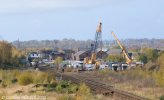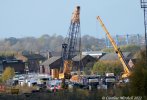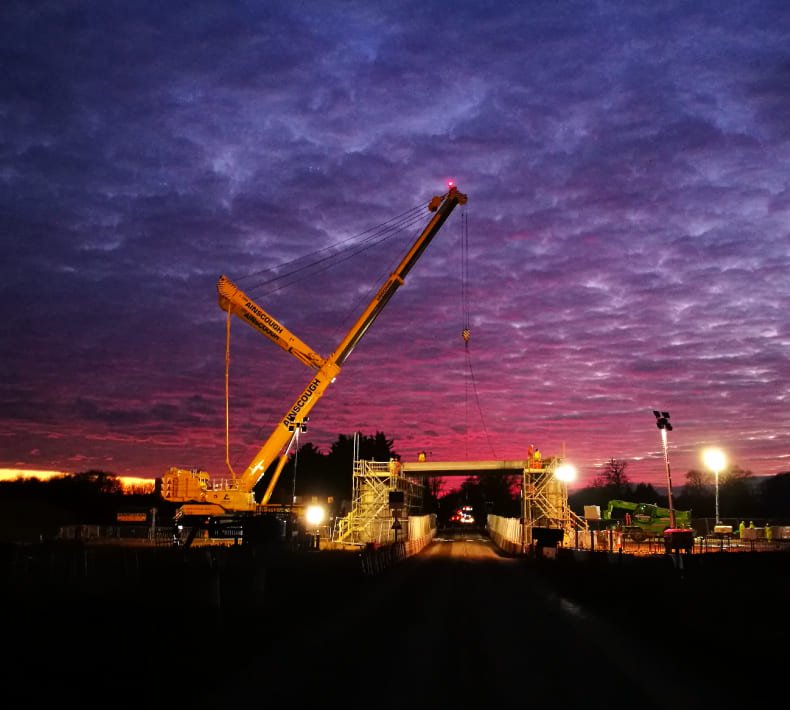This is not something I have knowledge of. Could you suggest some options?
This is where the "5 Why's" technique comes in. To get near to the root cause you need to ask "Why?" 5 times. It's no good just issuing a knee-jerk response instruction saying "So-and-so MUST be done every time without fail."
If it was (e.g. a handbrake left on, or brake gear not properly fixed and coming detached or jamming)
"Why was the error made?" Because someone who should have done it was late arriving for his shift and rushed the job
"Why was that?" because (e.g.) he had to take a child to hospital as they couldn't wait for an ambulance and wife couldn't drive
"Why couldn't anyone else cover his work?" Because the people on site were too few and everyone else was 100% occupied/because people weren't multi-skilled/because labour relations had broken down and...
"Why?" because the company was needing to be more profitable to achieve shareholder returns
"Why?" because the directors remuneration depends on it
Maybe the above is written in haste and not very well thought through (and reflects my take on things) and could / should also go in different directions from the second question, but human error won't be eliminated by more instructions. Resourcing and staff morale are often contributory factors, which both impact on the thoroughness applied to the work.
So I would looks for transport infrastructure to be adequately staffed, by secure employees with a professional approach to their work. No gig economy, people doing second jobs to get by or trying to use a foodbank without being recognised.
(and no worrying about share price ahead of what the organisation is really there to do.) The Grayrigg derailment was a good example of this.



